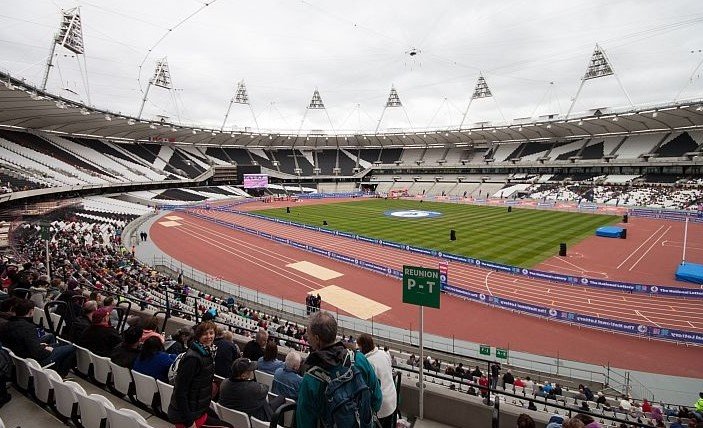Brisbane’s ambitious sprint to build new venues and upgrade transport for the 2032 Olympics is stirring concern. Originally praised for its promise to lean on existing facilities and keep costs down, the city’s Olympic plans have taken a sharp turn — leaving many Queenslanders uneasy and wondering if the budget balloon will burst.
Racing Ahead, But At What Cost?
Four years ago, when Brisbane snagged the 2032 Olympic and Paralympic Games, it was under a fresh approach aimed at slashing the typical sky-high price tag. The International Olympic Committee (IOC) proudly touted that roughly 80% of the venues would either already be in place or temporary, cutting the need for expensive new construction. Fast forward to 2025, and things look quite different.
The state government, led by Premier David Crisafulli, recently unveiled a massive plan packed with brand-new stadiums, sports centers, and transport upgrades. What was supposed to be a lean, sustainable Olympics now feels like a heavy spending spree. The backlash? A lot of Queenslanders are quietly worried, even apathetic, about footing the bill for this massive expansion.
The original blueprint was supposed to keep the community and budget in balance. Now? The game plan seems tilted. New venues and sprawling infrastructure projects come with hefty price tags and long-term commitments that could weigh heavily on taxpayers and the local economy for decades.

Why the Change of Heart?
One might ask: Why the sudden pivot from “reuse and temporary” to “build and expand”? According to research from Griffith University experts, the shift isn’t just about upgrading the Games experience. It reflects deeper political and economic pressures.
The government faces the challenge of appeasing international stakeholders, local sports groups, and developers — each pushing for their own slice of the Olympic pie. Big infrastructure projects, like new transit lines and stadiums, come with promises of jobs and urban renewal, making them hard to say no to. Yet, the trade-off is clear: higher costs and bigger risks.
Meanwhile, public opinion is less enthusiastic. A growing number of Queenslanders are skeptical about the Games’ lasting benefits. They fear the Olympics might become a financial albatross rather than a boon. The cynicism partly stems from past Olympic cities where venues turned into white elephants, unused and costly to maintain long after the athletes left town.
Striking a Balance Between Ambition and Reality
The Olympics is, no doubt, a huge opportunity for Brisbane. The event can attract global attention, boost tourism, and inspire local pride. But it’s also a delicate balancing act.
Here’s where the experts step in. The Griffith University research team highlights several risks tied to fast-tracking expensive projects:
-
Cost overruns: Big construction projects notoriously run over budget, sometimes by billions.
-
Community disconnect: When locals don’t see clear benefits, support can evaporate.
-
Long-term maintenance: New venues require ongoing funding and upkeep.
-
Environmental impact: Large developments can strain resources and harm ecosystems.
Table: Recent Olympic Venue Budgets vs. Actual Costs
| City | Planned Budget (Billion $) | Final Cost (Billion $) | Difference (%) |
|---|---|---|---|
| Rio 2016 | 4.6 | 13.1 | +185% |
| Tokyo 2020 | 12.6 | 15.4 | +22% |
| Sochi 2014 | 12.5 | 21.9 | +75% |
| Brisbane 2032 (Projected) | 5.0 | TBD | TBD |
Many Olympic hosts have found themselves caught in a similar trap. The lure of grand venues and flashy transport can obscure practical needs and fiscal responsibility.
A Community Still Searching for Its Voice
What’s striking is the reported apathy among Queenslanders. Public engagement is surprisingly low, and many remain unsure whether they want the Olympics at all. This could be a sign that communication hasn’t kept pace with changing plans.
Community voices and concerns often get drowned out in the hype. But ignoring them risks alienating the very people who will live with the consequences. Transparency about costs, benefits, and potential risks is key to building trust.
There’s also an emotional aspect. As Wesley Taylor, a fitness coordinator involved in local sports, once said about community events, “The most genuine and kind people come out of situations where challenges exist.” Maybe Brisbane needs to tap into that spirit more fully—making sure the Games are about more than just infrastructure but about people too.
Is There Still Time to Course Correct?
Despite these concerns, the Olympics is still years away. The window for adjusting plans remains open, but not for long. Policymakers face a tough task: recalibrate spending and infrastructure without losing momentum or international credibility.
Some experts suggest focusing more on sustainable, modular venues that can be repurposed. Others urge increased community involvement to align projects with local needs. The balance between Olympic grandeur and sensible planning is fragile but achievable.
One thing’s clear: rushing to build without clear, realistic strategies risks turning a once-exciting opportunity into a cautionary tale.








